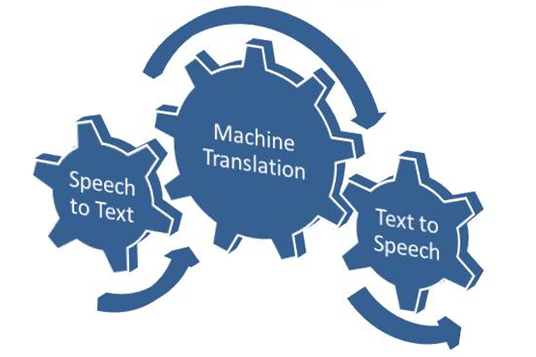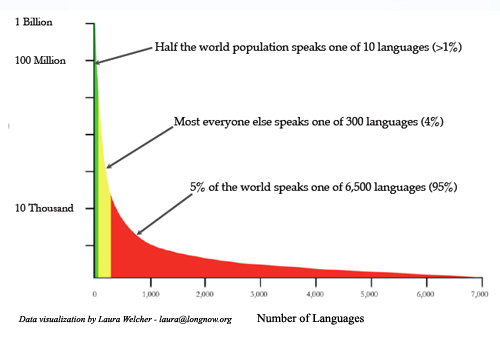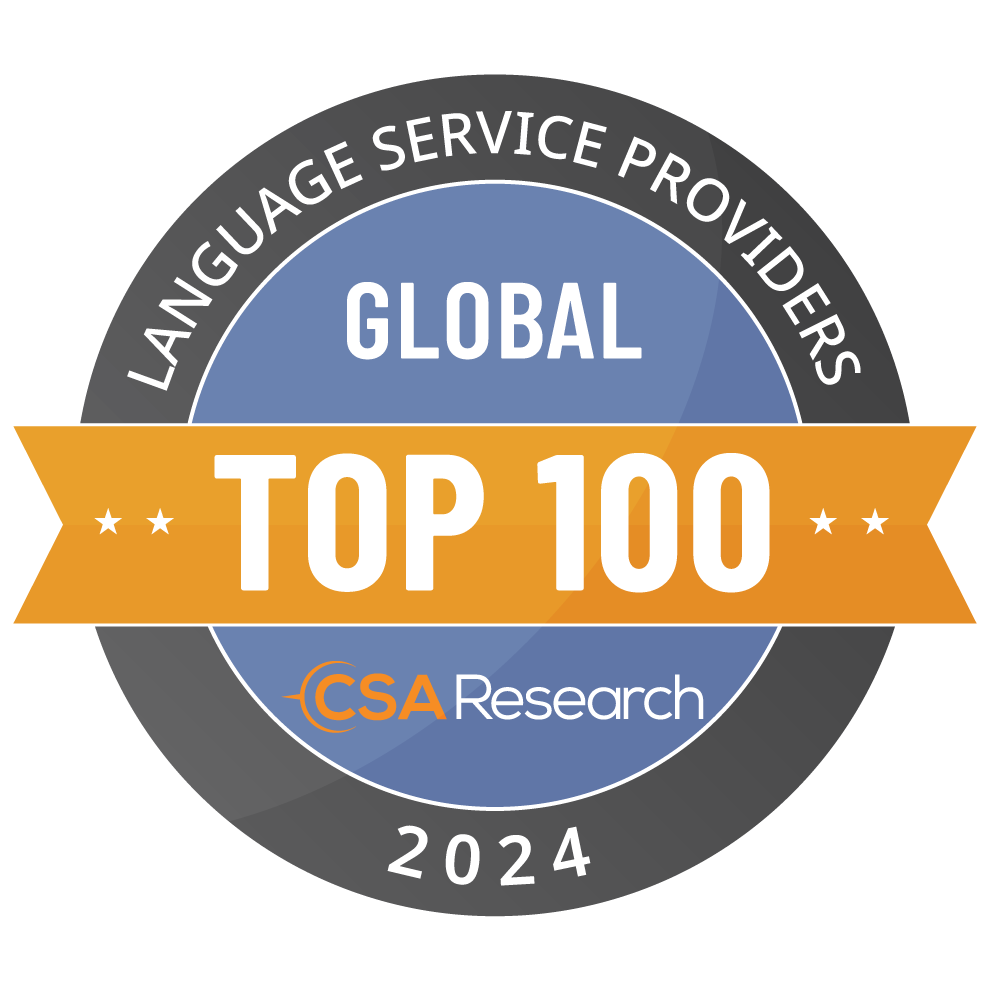
The Rise of Speech
As mobile users interact with their devices more and more through speech, speech translation technology will enable users to interact with each other through their devices, across language barriers. In fact, market research firm Tractica predicts that annual revenues of speech technology will grow from a base of $249 million in 2015 to $5.1 billion by 2024.
One notable example of speech translation is Microsoft Skype Translator. Basically, a user speaks to their device in their own language, and the device transmits the message to another user in that user’s language. It is actually a combination of three technologies: 1) speech recognition; 2) machine translation; and 3) text-to-speech processing.
The potential for speech is immense. Consider that the written word has served as the main method for recording, transmitting, and storing knowledge for millennia. But today, speech is gaining ground as a data input method, and the language industry will need to adapt to speech as an input rather than text as an input. Just as machine translation has broken down speed and efficiency barriers for the written word, speech translation is breaking down those barriers for the spoken word.
Datafication
Kenneth Cukier and Viktor Mayer-Schoenberger, authors of “The Rise of Big Data,” defined datafication as our newfound ability “to render into data many aspects of the world that have never been quantified before.”
As translation companies and content creators move their processes to platforms that can track enormous amounts of data, that data can then be used to make intelligent decisions. Data points from three vectors (project, resource, and consumer) can be analyzed to predict a project’s success rate.
Moreover, datafication is allowing companies to transform their language data into business intelligence. Once actionable trends are identified, your organization can use this business intelligence to answer questions such as: How can we maximize the chances for successful translation? How do we ensure our vendors keep their SLAs and help us meet our KPIs? Out of all of our content, what should we translate first? For this type of content, which type of translation would be most appropriate?
For example, a company may find that using machine translation on support articles reduces support tickets opened in the target locale while maintaining positive user sentiment on social media.
The Long Tail Effect
According to Chris Anderson, who coined the term in 2004, “The theory of the Long Tail is that our culture and economy is increasingly shifting away from a focus on a relatively small number of ‘hits’ (mainstream products and markets) at the head of the demand curve and toward a huge number of niches in the tail.” When it comes to the language industry, we are seeing two trends: 1) widening access to the web among large world populations with diverse languages such as Filipino, Indonesian, and Vietnamese; 2) regional trends causing majority languages such as Russian to give way to local languages such as Azeri, Georgian and Kazakh. In short, we are observing linguistic diversification rather than linguistic centralization.
As the economies of developing countries strengthen, the native language speakers of those countries will expect to be able to engage with content in their own language. The share of English websites on the internet out of the whole is declining. Content creators will need to expand into a greater number of languages in order to cover their desired share of the world online wallet. As a result, language service providers will need to adapt to meet the increasingly diverse needs of their buyers.














